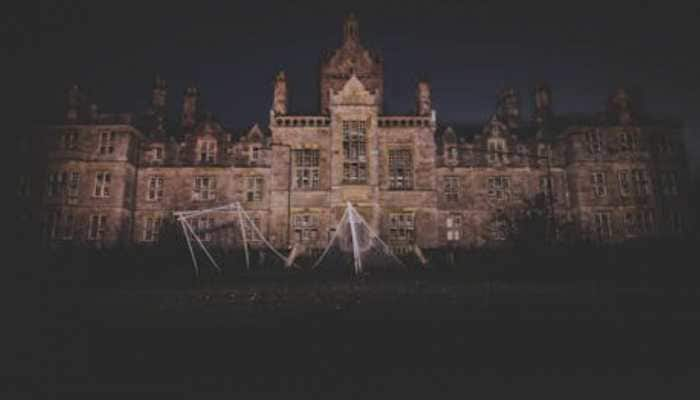Naga movement: A brief history and peace accord with the Indian government
Nagas were once headhunters, as they used to cut off the heads of the enemies and preserve them as trophies.
Trending Photos
)
 Salome Phelamei
Salome Phelamei
The government of India, under the leadership of Prime Minister Narendra Modi, on Monday, August 3, 2015 signed a historic peace accord with a leading Naga separatist group Nationalist Socialist Council of Nagaland (Isaac-Muivah).
Thuingaleng Muivah, who is the present General Secretary of the NSCN (IM), signed the peace accord with the Indian government on behalf of the rebel group.
The group had been fighting for more than 60 years demanding an independent homeland for two million Naga tribes scattered in the north-eastern part of India.
The pact, which was signed in the presence of PM Modi at his official 7, Race Course Road residence in New Delhi, hopes to bring to end one of the country's oldest insurgencies.
Nagas were once headhunters, as they used to cut off the heads of the enemies and preserve them as trophies. But with the advent of Christianity and education, the Nagas comprising more than 30 tribes have evolved a rich culture and tradition.
Since the Naga tribes have been known for their pride and independent identity, the process of politicization led to the urge for creation of separate land for Nagas. The Separatist Movement can be traced back to 1918, with the founding of Naga Club in Kohima by a group of erudite Nagas. The Club tendered a memorandum before the Simon Commission which demanded for exclusion of Nagas from the proposed constitutional reform in British administration in India.
Although their plea was unsuccessful, the nature of gripes took a drastic change with the emerging of Angami Zapu Phizo, who was considered as one of the most vibrant leaders of Naga separatist movement. During India`s struggle for Independence, Phizo had fought on the side of the Indian National Army led by Netaji Subhash Chandra Bose for Japan against the Allies.
In 1946, the Naga Club was renamed as Nagaland National Council (NNC). The NNC then asked for as separate sovereign political geography comprising Naga inhabited areas of Nagaland, Assam, Arunachal Pradesh and Myammar (Burma), thus marking the beginning of political conflict between Nagas and the Government of India.
On 14th of August 1947, the NNC under Phizo`s initiation declared independence of Naga region, thereby resulting in his arrest in 1948 on the charges of instigating a rebellion. But, he was released in 1950, and became the president of NNC. In 1952, he met Pandit Jawaharlal Nehru, the then Prime Minister, and pleaded for Naga Independence, which was rejected. Disappointed with his talks with Nehru, he turned to armed rebellion to sway the Indian government.
However, the Indian Army rallied to quash the rebellion, while Phizo escaped to East Pakistan (Bangladesh) and then to London, where he remained and persisted to support the secessionist movement in Nagaland, until his death in 1990.
In 1975, an agreement known as the Shillong Accord was signed between the Indian Government and the NNC. But, some of the NNC hardcore militants were disappointed with the pact, leading to breakage among the armed cadets. This led to the formation of the Nationalist Socialist Council of Nagaland or the NSCN on January 31, 1980 by Isak Chisi Swu, Thuingaleng Muivah and S S Khaplang.
Lamentably, differences shelled out within the outfit later, and on April 30, 1988, the group split into two factions- the NSCN (IM), led by Isak Chisi Swu and Thuingaleng Muivah, and the NSCN (Khaplang), led by Khaplang. Although their philosophies differ, their goals remain the same as both the outfits are fighting for the establishment of a `Greater Nagaland` comprising all Naga-inhabited areas within India and Myanmar.
Stay informed on all the latest news, real-time breaking news updates, and follow all the important headlines in india news and world News on Zee News.
Live Tv







)
)
)
)
)
)
)
)
)
)
